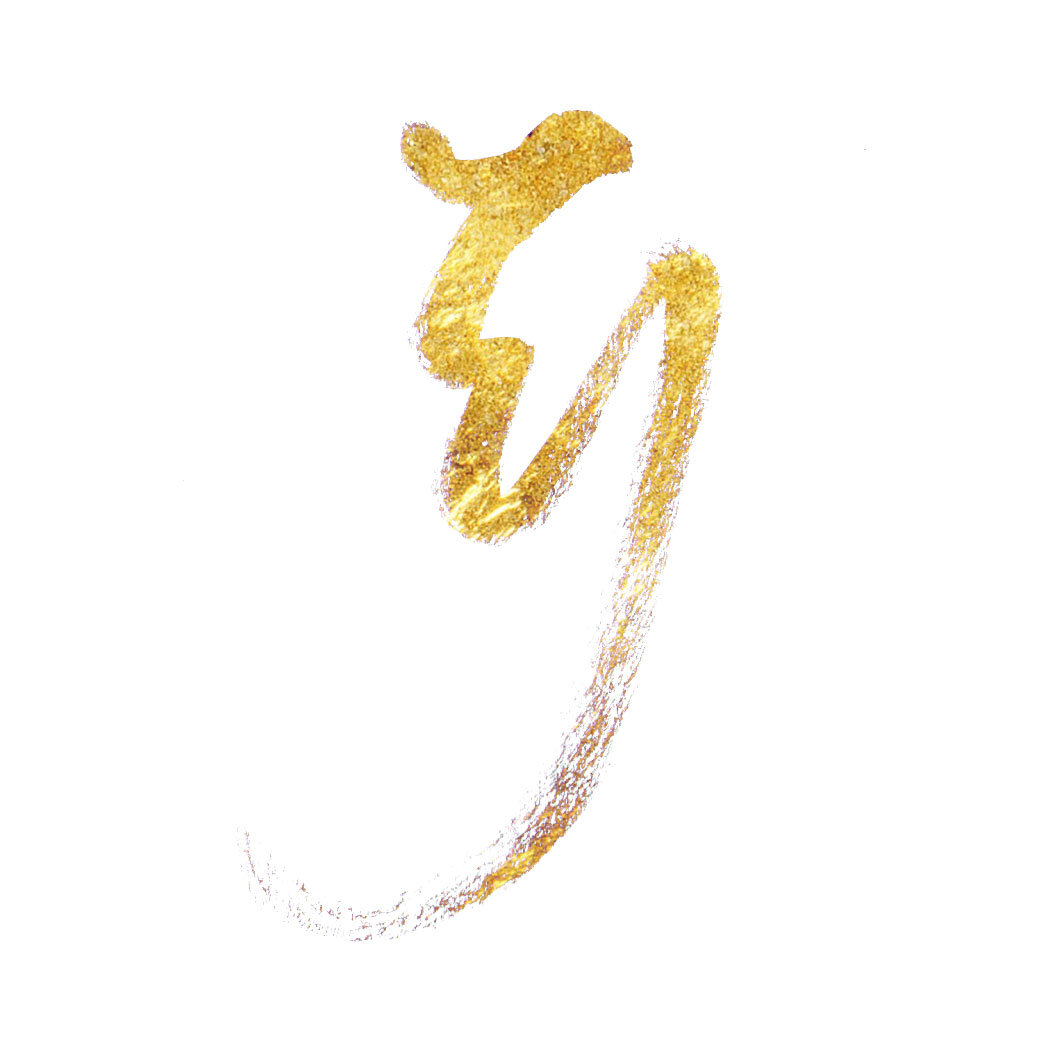Five elements (Japanese philosophy), godai (五大)
 Japan's concepts of the five elements are heavily influenced by Buddhism. The Chinese five elements are called gogy? (??), and the Japanese five elements are called godai (??). The following article explains the latter.
The godai, lit. "five great", of Japanese tradition is perhaps best known in the West for their use in Miyamoto Musashi's famous text Gorin-no-sho (The Book of Five Rings), in which he explains different aspects of swordsmanship by assigning each aspect to an element.
Japan's concepts of the five elements are heavily influenced by Buddhism. The Chinese five elements are called gogy? (??), and the Japanese five elements are called godai (??). The following article explains the latter.
The godai, lit. "five great", of Japanese tradition is perhaps best known in the West for their use in Miyamoto Musashi's famous text Gorin-no-sho (The Book of Five Rings), in which he explains different aspects of swordsmanship by assigning each aspect to an element.
The elements
The five elements are, in ascending order of power, ? (f? or kaze) Wind , ? (sui or mizu) Water , ? ( chi or tsuchi) Earth , ? (ho, ka or hi) Fire and ? (k?). This last is usually translated as "void" when referring to the elements, but refers to "sky" in most other contexts, and is therefore sometimes translated as "Heaven". Sometimes a sixth element is added, representing Consciousness, or ? (shiki).
Chi
? Chi (sometimes ji) or tsuchi, meaning "Earth", represents the hard, solid objects of the world. The most basic example of chi is in a stone. Stones are highly resistant to movement or change, as is anything heavily influenced by chi. In people, the bones, muscles and tissues are represented by chi. Emotionally, chi is predominantly associated with stubbornness, stability, physicality, and gravity. In the mind, it is confidence; and emotionally it is a desire to have things remain as they are; a resistance to change. When under the influence of this chi mode or "mood", we are aware of our own physicality and sureness of action. (Note: This is a separate concept from the energy-force, pronounced in Chinese as q� (or di) and in Japanese as ki, and written alternatively as ?, ?, or ?.)
Ka
? Ka or hi, meaning "Fire", represents the energetic, forceful, moving things in the world. Animals, particularly predators, capable of movement and full of forceful energy, are primary examples of ka objects. Bodily, ka represents our metabolism and body heat, and in the mental and emotional realms, it represents drive and passion. ka can be associated with motivation, desire, intention, and an outgoing spirit. Besides the obvious examples of heat and flame, lightning can also be thought of as an extension of Ka.
F?
? F? or kaze, meaning "Wind", represents things that grow, expand, and enjoy freedom of movement. Aside from air, smoke, and the like, f? can in some ways be best represented by the human mind. As we grow physically, we learn and expand mentally as well, in terms of our knowledge, our experiences, and our personalities. F? represents breathing, and the internal processes associated with respiration. Mentally and emotionally, it represents an "open-minded" attitude and carefree feeling. It can be associated with will, elusiveness, evasiveness, benevolence, compassion, and wisdom.
Sui
? Sui or mizu, meaning "Water", represents the fluid, flowing, formless things in the world. Outside of the obvious example of rivers and the like, plants are also categorized under sui, as they adapt to their environment, growing and changing according to the direction of the sun and the changing seasons. Blood and other bodily fluids are represented by sui, as are mental or emotional tendencies towards adaptation and change. Sui can be associated with emotion, defensiveness, adaptability, flexibility, suppleness, and magnetism.
K?
? K? or sora, most often translated as "Void", but also meaning "sky" or "Heaven", represents those things beyond our everyday experience, particularly those things composed of pure energy. Bodily, k? represents spirit, thought, and creative energy. It represents our ability to think and to communicate, as well as our creativity. It can also be associated with power, creativity, spontaneity, and inventiveness. K? is of particular importance as the highest of the elements. In martial arts, particularly in fictional tales where the fighting discipline is blended with magic or the occult, one often invokes the power of the Void to connect to the quintessential creative energy of the world. A warrior properly attuned to the Void can sense his surrounding and act without thinking, and without using his physical senses.
Representations of the Godai
The most common representations today of the five elements, outside of martial arts and fictional references (such as in anime), are found in Buddhist architecture. Many pagodas (?? butt?) in Japan are of the Goj?-no-T? (???) style, meaning they have five tiers or levels. Each tier, naturally, represents one of the elements, beginning with chi ("earth") at the bottom, and ending with k? ("void" or "sky") at the top. Often, the spire at the top is also divided into five sections. Japanese stone lanterns as seen in Zen gardens and Buddhist temples also represent the five elements. The bottom-most piece, touching the ground, represents chi; the next section, often shaped to look like a lotus flower, represents sui; ka is represented by the section encasing the lantern's light or flame, while f? and k? are represented by the last two sections, top-most and pointing towards the sky.
Another common symbol of the five elements is the gorint?, a stone tower of modest size used mainly in Buddhist temples and cemeteries. It is composed from top to bottom of a cube, a sphere, a triangle, a crescent and something resembling a lotus flower, shapes that also have the meaning described above.
:: Pic from Shrimpwrapped, read more on Wikipedia!.
